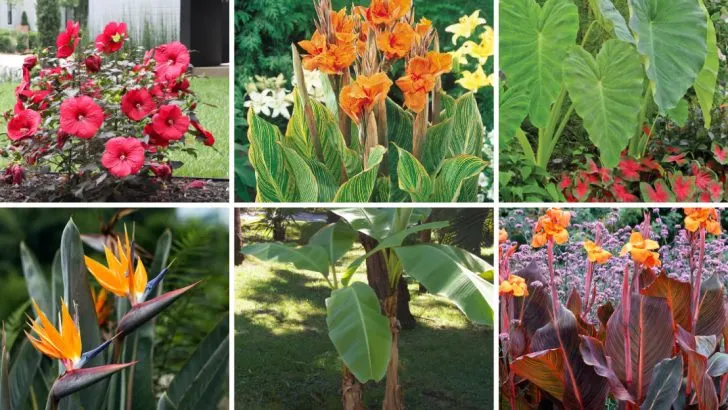Tropical flowers have a way of stealing the show—bold colors, dramatic shapes, and that unmistakable vacation vibe. The good news? You don’t need a jungle climate to enjoy them. Plenty of tropical-looking blooms are surprisingly well-suited to temperate gardens and can handle cooler seasons with a little planning.
Some bring drama with oversized petals, others add flair through unexpected color. They might look like they belong somewhere humid and far away, but they’re right at home tucked into a sunny border or planted in a pot on your patio. Here are twelve stunning options that look exotic but are tougher than they seem.
Hardy Hibiscus
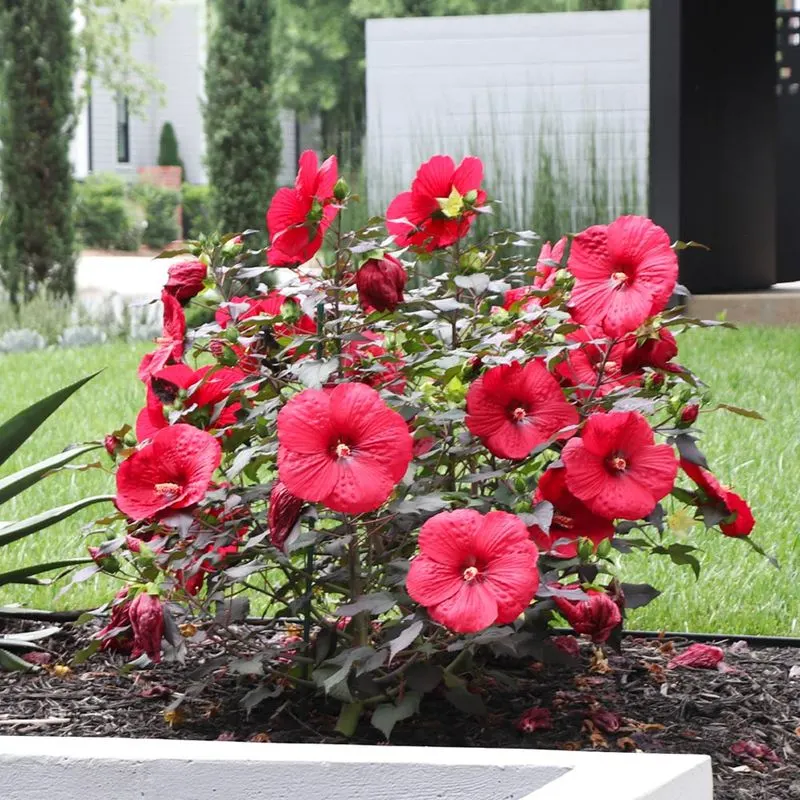
Hardy Hibiscus captivates with its enormous, vividly colored blooms reminiscent of tropical varieties. This cold-tolerant plant adorns gardens with its bright reds and pinks, making it a showstopper.
Unlike its tropical cousins, Hardy Hibiscus withstands colder climates, thriving in well-drained soil. Its resilience and beauty make it ideal for temperate gardens.
Fun fact: Despite their large blooms, these plants are surprisingly low-maintenance, attracting pollinators like bees and butterflies while standing out as a garden centerpiece.
Canna Lily
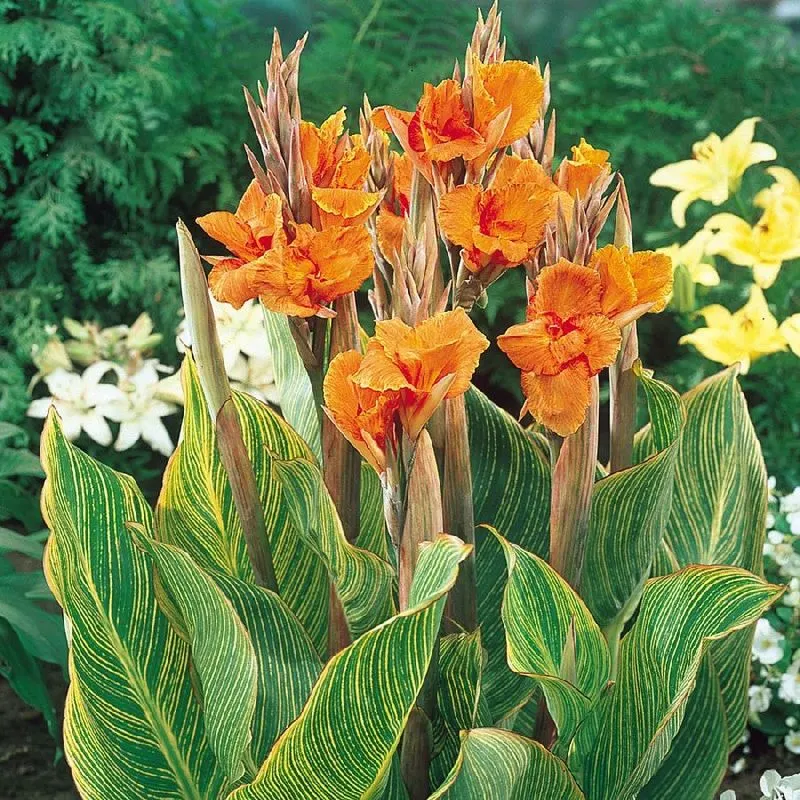
Canna Lilies flaunt bold colors and tropical flair, thriving in temperate climates. With their towering stalks and lush foliage, they add drama to any garden.
These beauties prefer sunny spots and regular watering. Though reminiscent of tropical jungles, Canna Lilies are surprisingly adaptable.
Did you know? Canna Lilies not only offer stunning flowers but their rhizomes are used in some cultures as food, known for their starchy content.
Elephant Ear
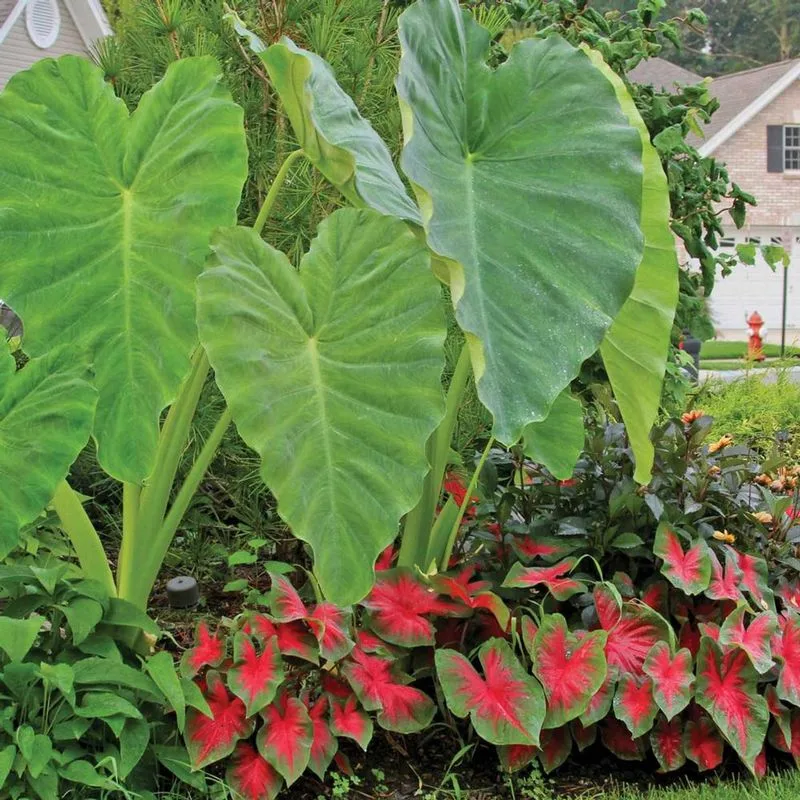
The striking Elephant Ear plant brings a touch of the tropics with its broad, dramatic leaves. These plants are perfect for adding lushness to shady garden areas.
Elephant Ears thrive in moist soil, enjoying warmth and humidity, yet are adaptable to various temperate climates.
Their grand foliage creates a bold statement, making them a favorite among gardeners looking to add exotic charm to their green spaces.
Bird of Paradise
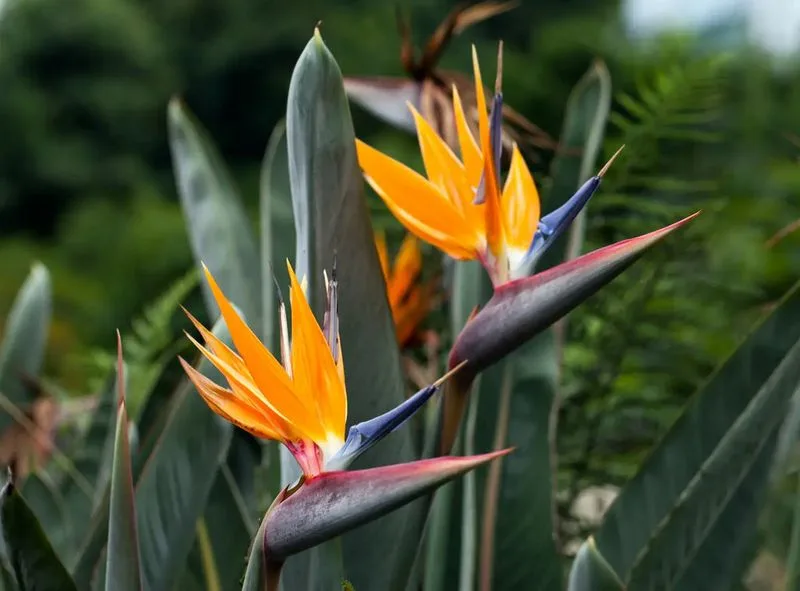
Bird of Paradise is synonymous with tropical beauty, yet it can thrive in temperate gardens too. Its exotic orange and blue flowers resemble a bird in flight.
This plant enjoys sunny spots and well-drained soil, bringing a slice of paradise to any garden setting.
Interesting tidbit: Despite its exotic appearance, Bird of Paradise is relatively easy to care for, making it a favorite for those seeking tropical vibes without the high maintenance.
Japanese Banana
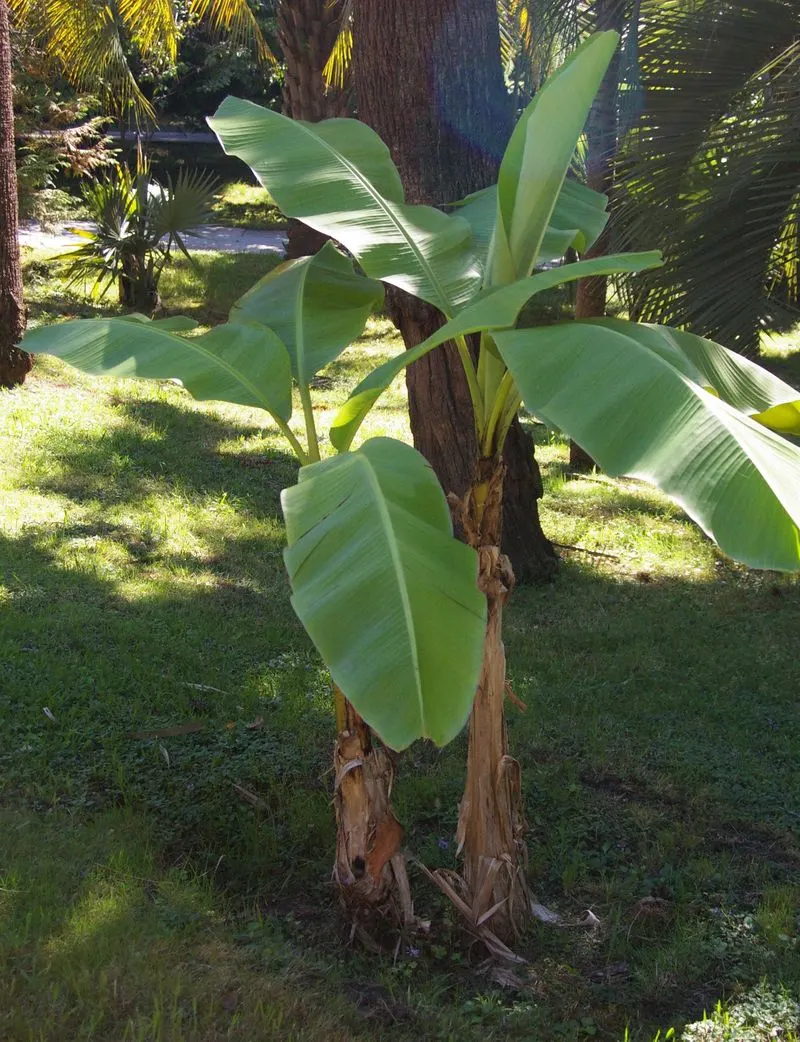
Japanese Banana, an unexpected beauty, offers the lushness of the tropics with its broad, banana-like leaves. Perfect for temperate gardens, it survives winter chills.
This plant’s architectural foliage creates a striking visual appeal, providing a tropical ambiance. It requires rich soil and regular watering.
Did you know? Even in cooler climates, Japanese Bananas can produce small, inedible fruit, adding an exotic touch to your garden.
Tropicanna Canna
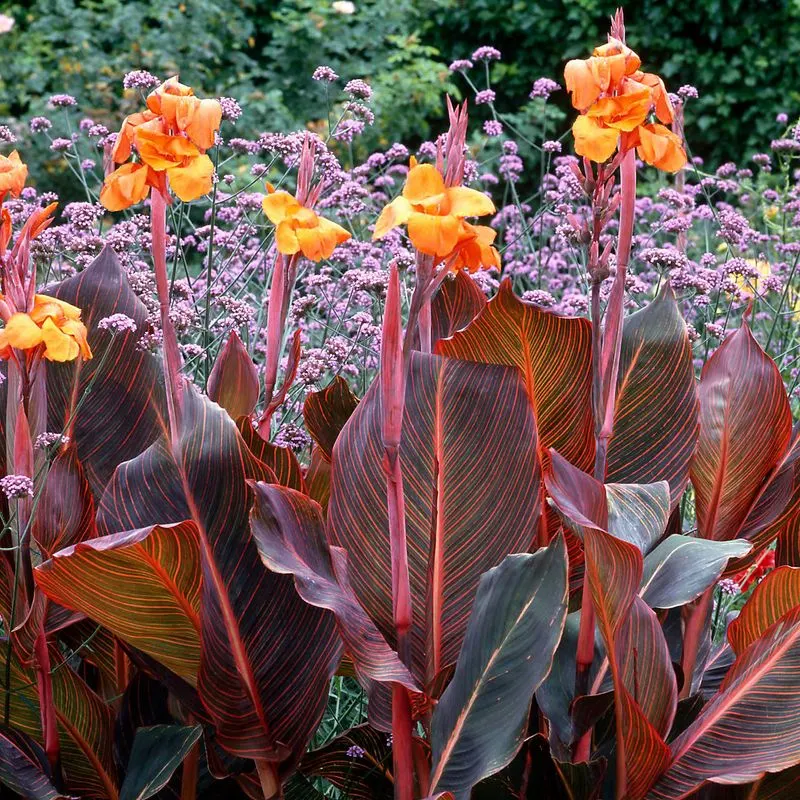
Tropicanna Canna dazzles with its striped leaves and vibrant flowers, evoking a tropical feel. Ideal for temperate gardens, it thrives in sunny spots.
This plant’s dramatic foliage and bright blooms offer visual interest throughout the growing season, requiring minimal care.
Fun fact: The striped pattern on Tropicanna’s leaves is a natural camouflage, helping it blend into diverse garden settings.
New Zealand Flax
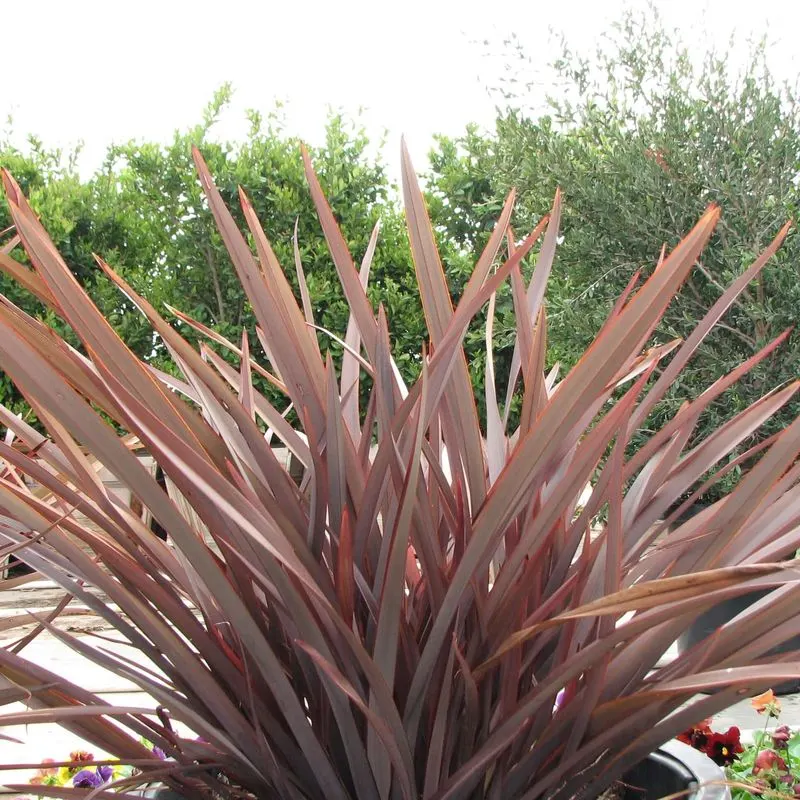
New Zealand Flax adds an architectural element with its long, sword-like leaves. Its bold texture and colors create a tropical look suitable for temperate zones.
This hardy plant thrives in various soil types, tolerating coastal conditions and drought. Its versatility makes it a favorite among landscapers.
Did you know? New Zealand Flax was traditionally used by the Māori people for weaving, showcasing its cultural significance beyond ornamental beauty.
Pineapple Lily
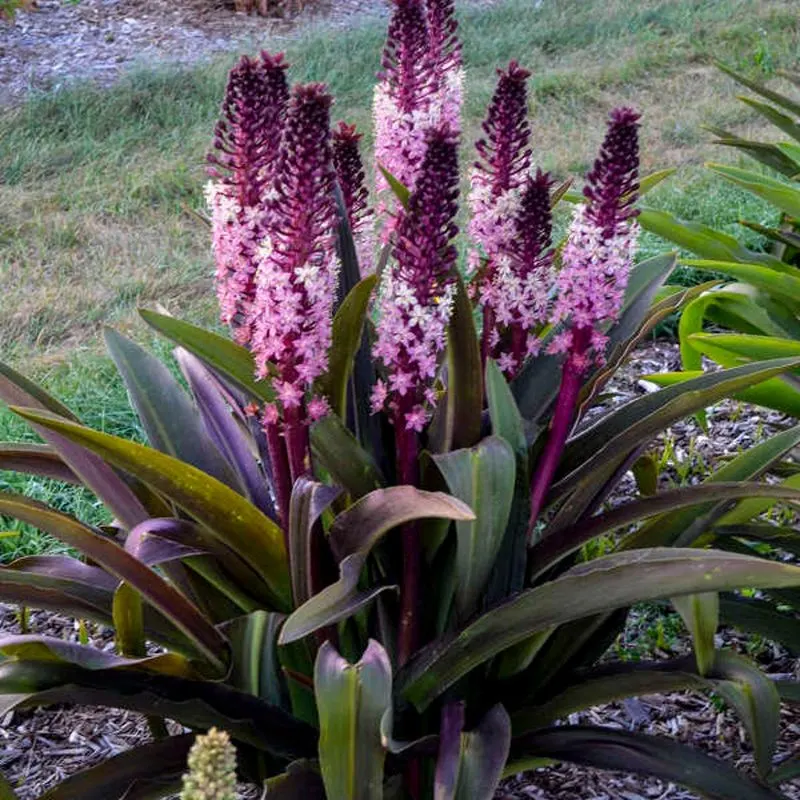
Pineapple Lily, with its quirky flower resembling a pineapple top, offers a touch of whimsy and exoticism. It thrives in well-drained soil and sunny spots.
This plant’s unique appearance makes it a conversation starter, adding diversity to garden displays.
Fun fact: Although it looks tropical, Pineapple Lily is hardy, enduring cooler temperatures and thriving in temperate climates with ease.
Ginger Lily
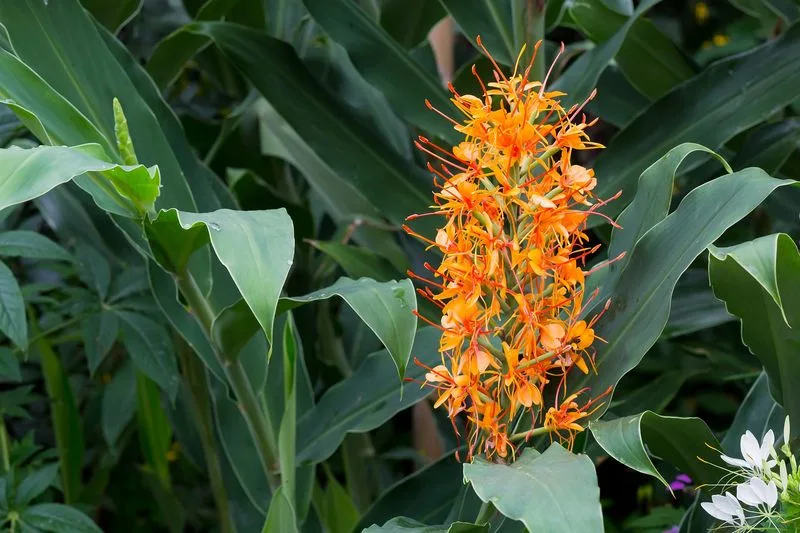
Ginger Lily enchants with its clusters of fragrant flowers, bringing tropical allure to temperate gardens. Known for its aromatic blooms, it thrives in moist soil.
This plant’s elegance and scent make it a garden favorite, attracting butterflies and hummingbirds.
Did you know? Ginger Lilies are not only beautiful but have been used in traditional medicine, showcasing their multifaceted appeal.
Windmill Palm
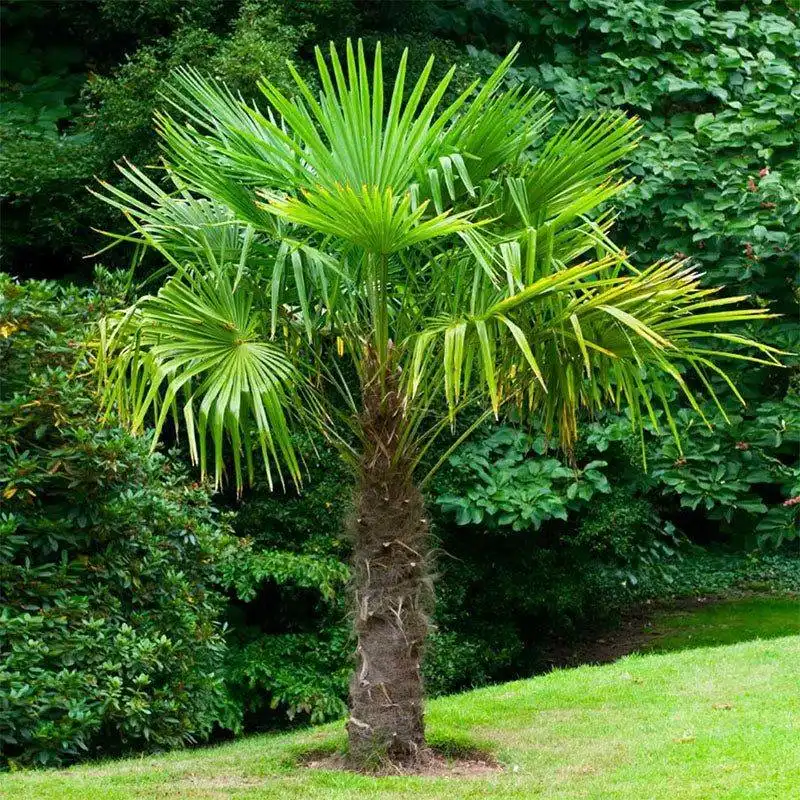
Windmill Palm stands tall with its fan-shaped fronds, offering a touch of the tropics to colder climates. It’s hardy and adapts well to temperate environments.
This palm requires well-drained soil and a sunny spot to flourish, making it a staple in exotic garden designs.
Interesting tidbit: Windmill Palm is one of the few palm species that can withstand snowfall, making it a unique addition to temperate gardens.
Calla Lily
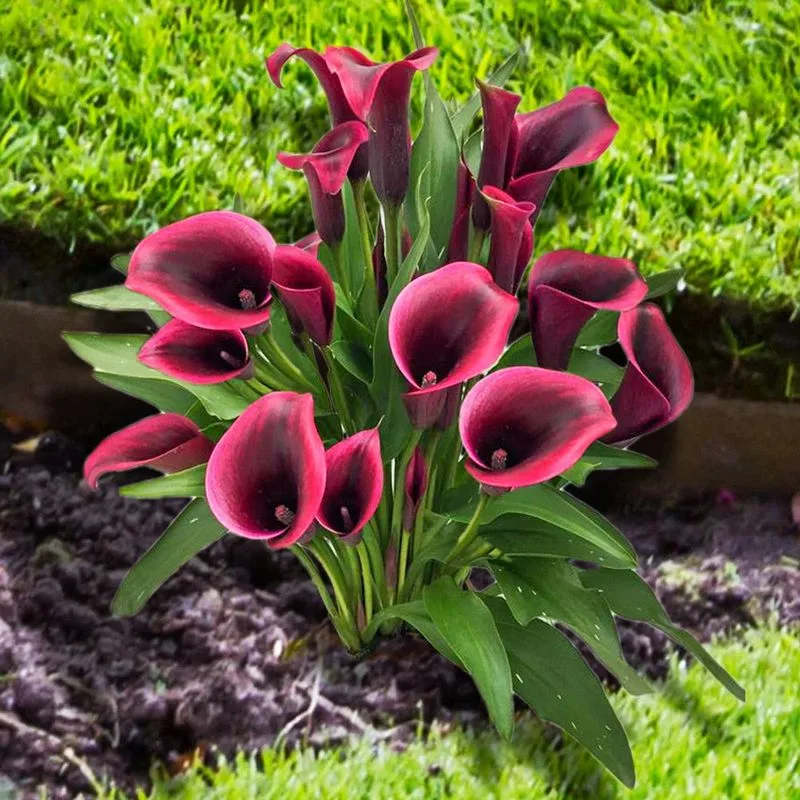
Calla Lilies, with their elegant trumpet-shaped flowers, add sophistication to any garden. They thrive in damp, shady areas typical of temperate climates.
These lilies require regular watering but are relatively low-maintenance, providing ethereal beauty throughout the season.
Did you know? Calla Lilies symbolize purity and rebirth, often featured in wedding bouquets and religious ceremonies.
Fuchsia

Fuchsia charms with its pendulous, colorful blooms, perfect for hanging baskets or garden borders. Thriving in cooler temperatures, it adds a splash of color.
This plant prefers partial shade and well-drained soil, rewarding gardeners with vibrant flowers from spring to fall.
Fun fact: The vibrant hues of Fuchsia flowers attract hummingbirds, making them a lively addition to wildlife-friendly gardens.

